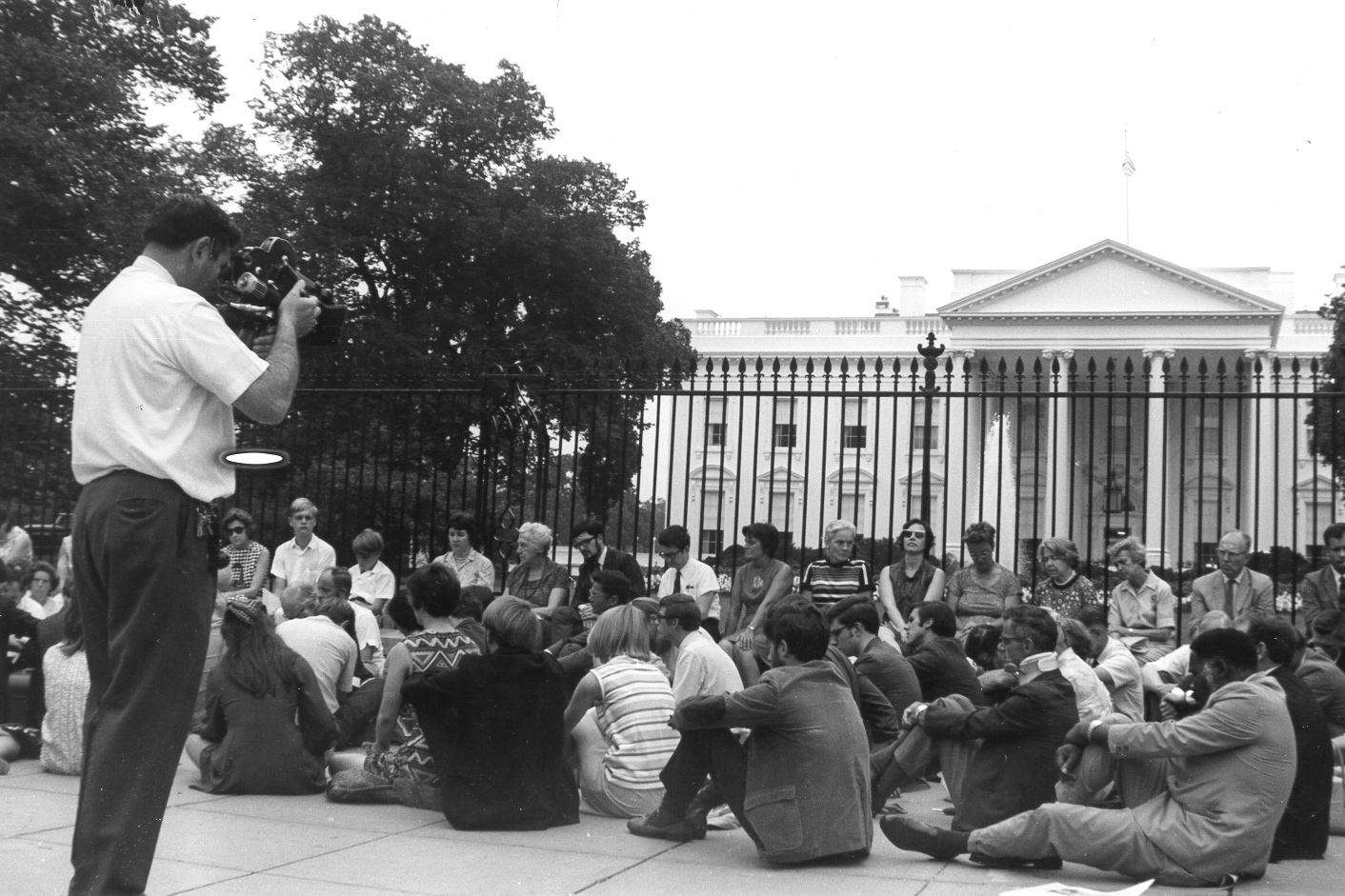
Despite intense Cold War politics, AFSC promoted broad antiwar coalitions that included mainline churches, student groups, labor unions, and more radical organizations.
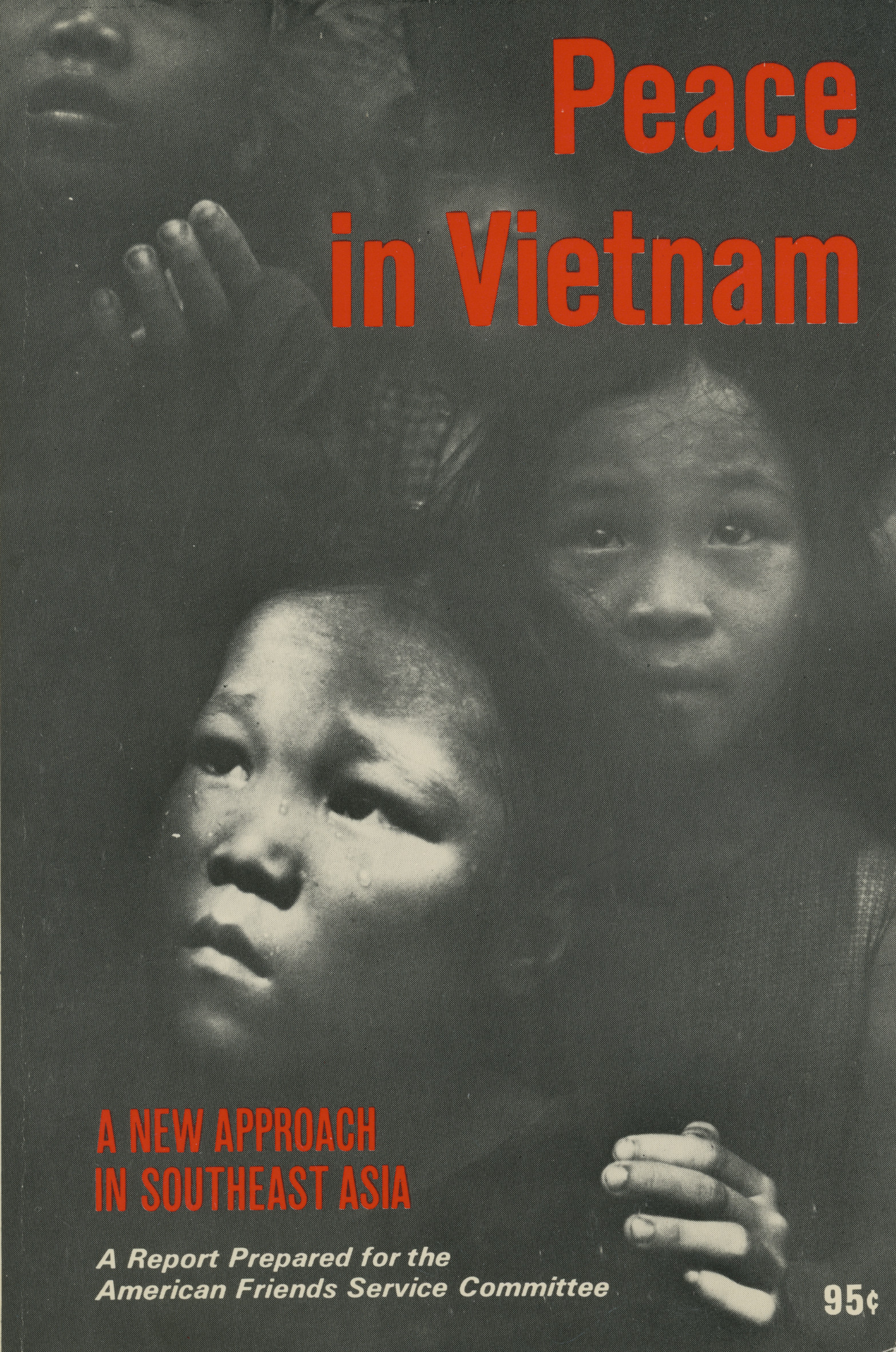
At the end of 1965, AFSC released this devastating report on the situation in Southeast Asia. It intensified opposition to the war and inspired us to focus even more on peace education.
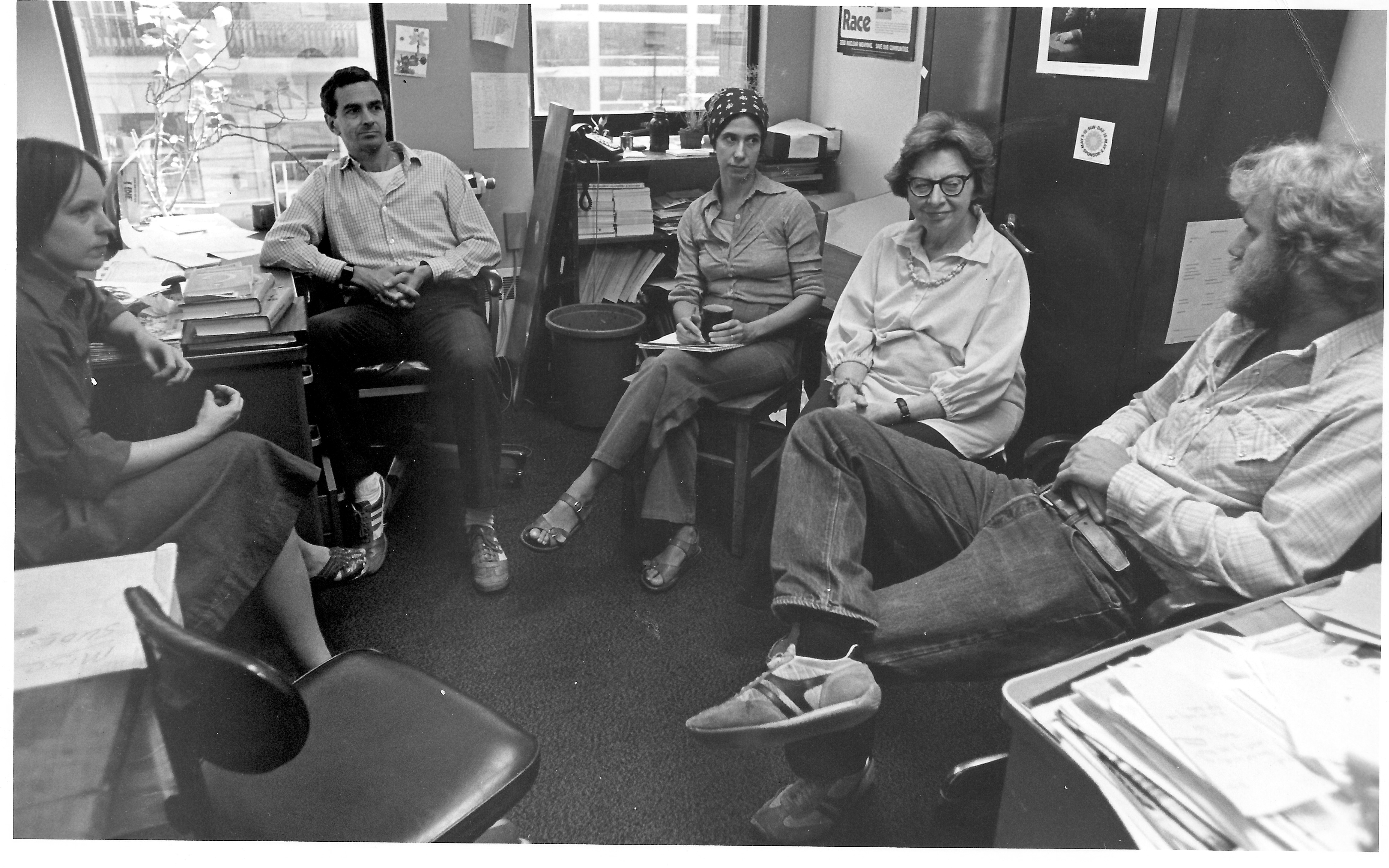
The researchers of NARMIC drew on many sources to expose the military industrial complex. Their slide shows and reports were widely used by churches and peace groups.

NARMIC’s slide show on the automated air war revealed the military’s strategy to “give wherever possible the appearance of peace while executing war; replace the man with the machine.”
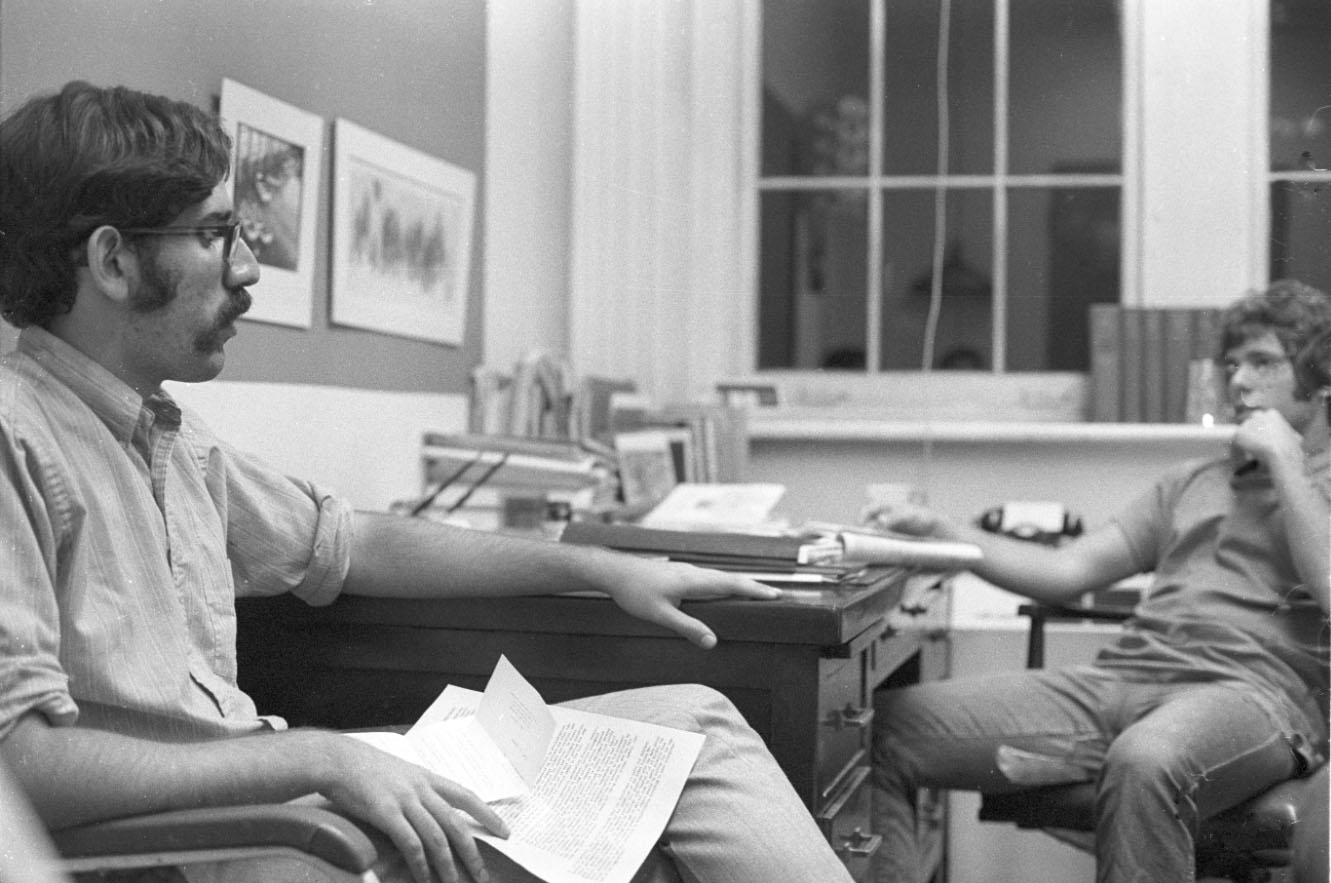
The draft brought many young men who opposed the war to AFSC for military counseling.
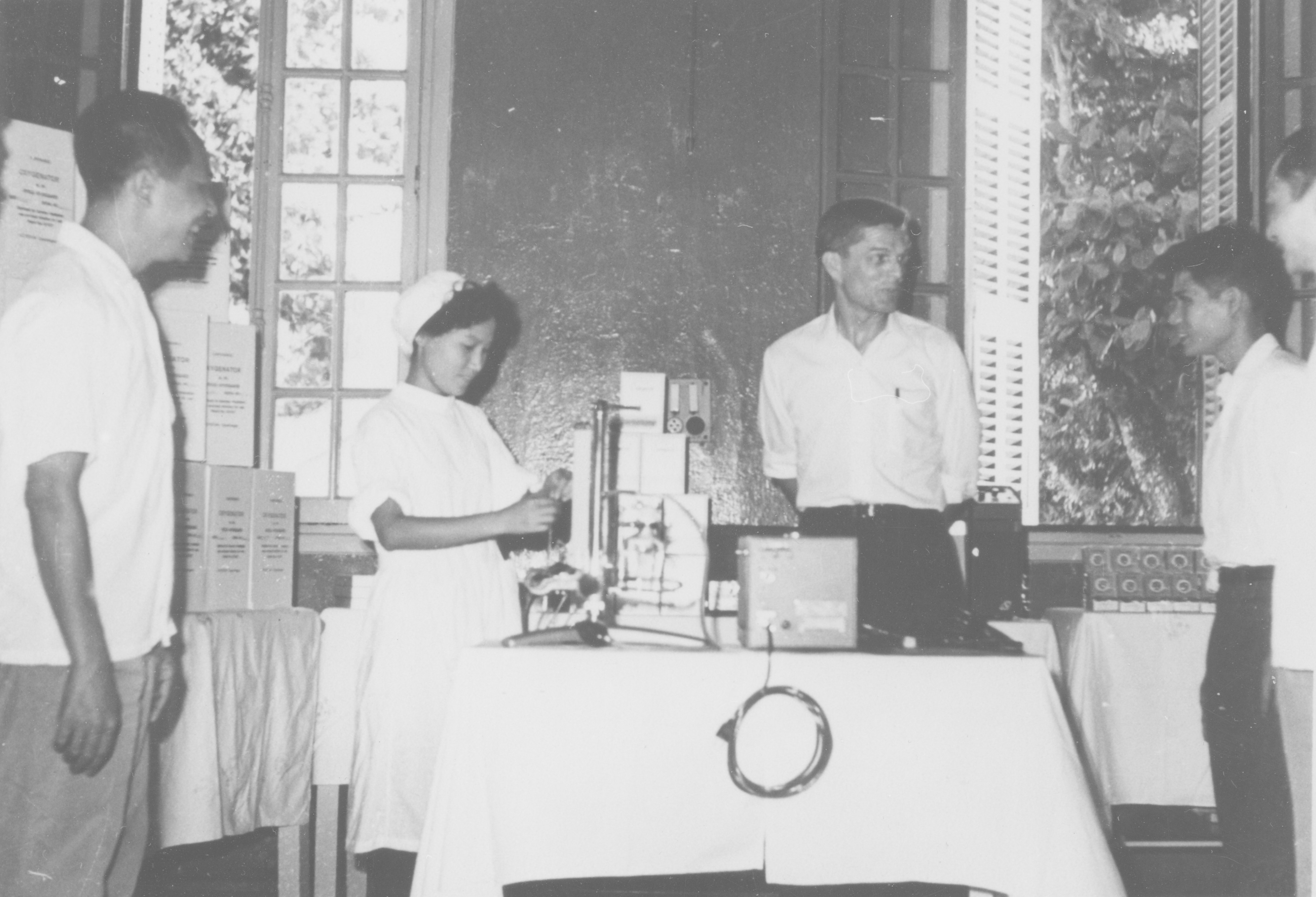
Defying a U.S. embargo, AFSC sent medical supplies to North Vietnam. Here, a staffer delivers cardiac surgery equipment to the Viet-German Friendship Hospital in Hanoi in 1969.
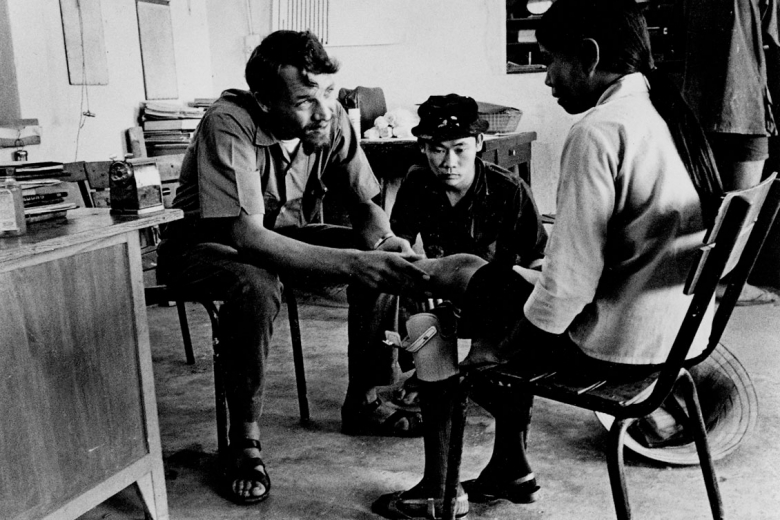
At AFSC’s Quang Ngai rehabilitation hospital in South Vietnam, patients from both sides of the conflict received treatment side-by-side.
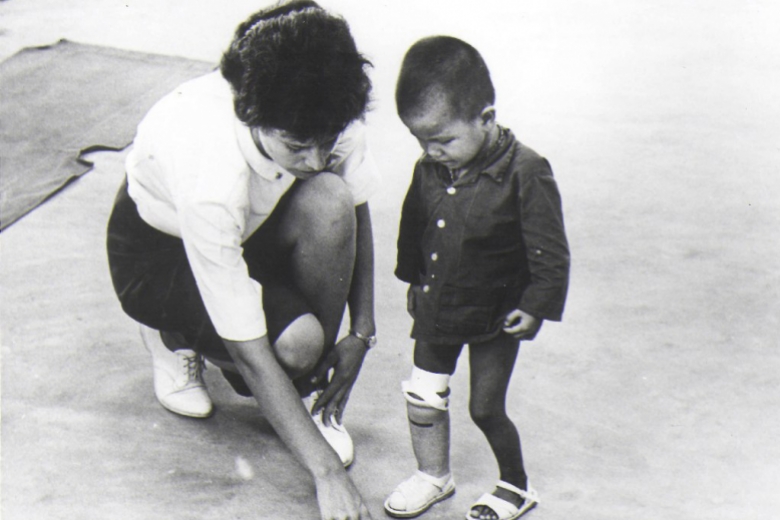
Ingeniously designed U.S. sensors and explosives uncovered by NARMIC harmed only people, not buildings or military equipment.
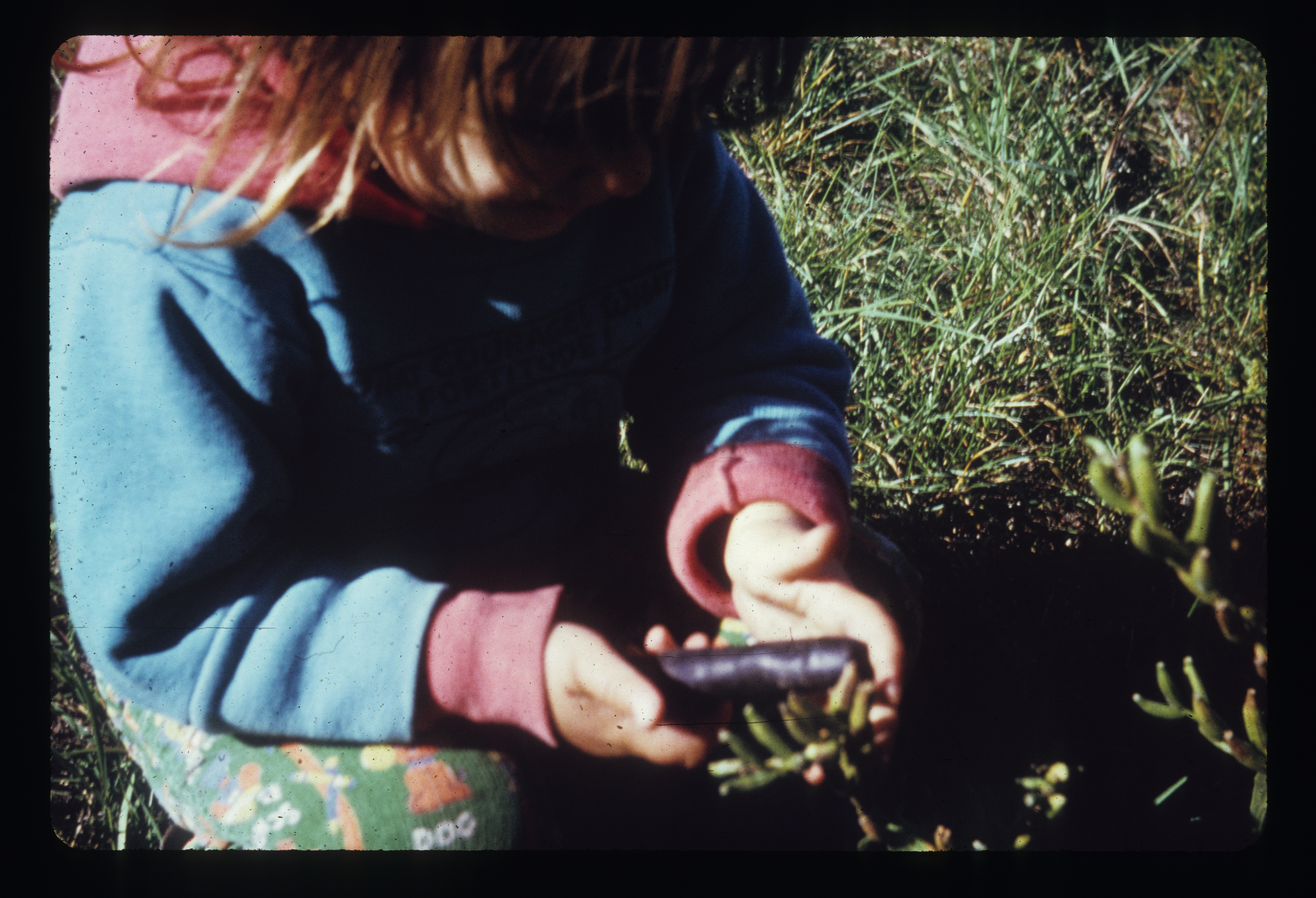
This sensor, designed by Honeywell Corporation to look like animal dung, sends a signal when stepped on that allows a computer to trigger a bomb.

After the war, unexploded ordnance continued to injure and kill. A flat shovel was safer than a traditional hoe for turning the earth. The Shovels for Laos project sent over 500,000 shovels to mine-laden areas.
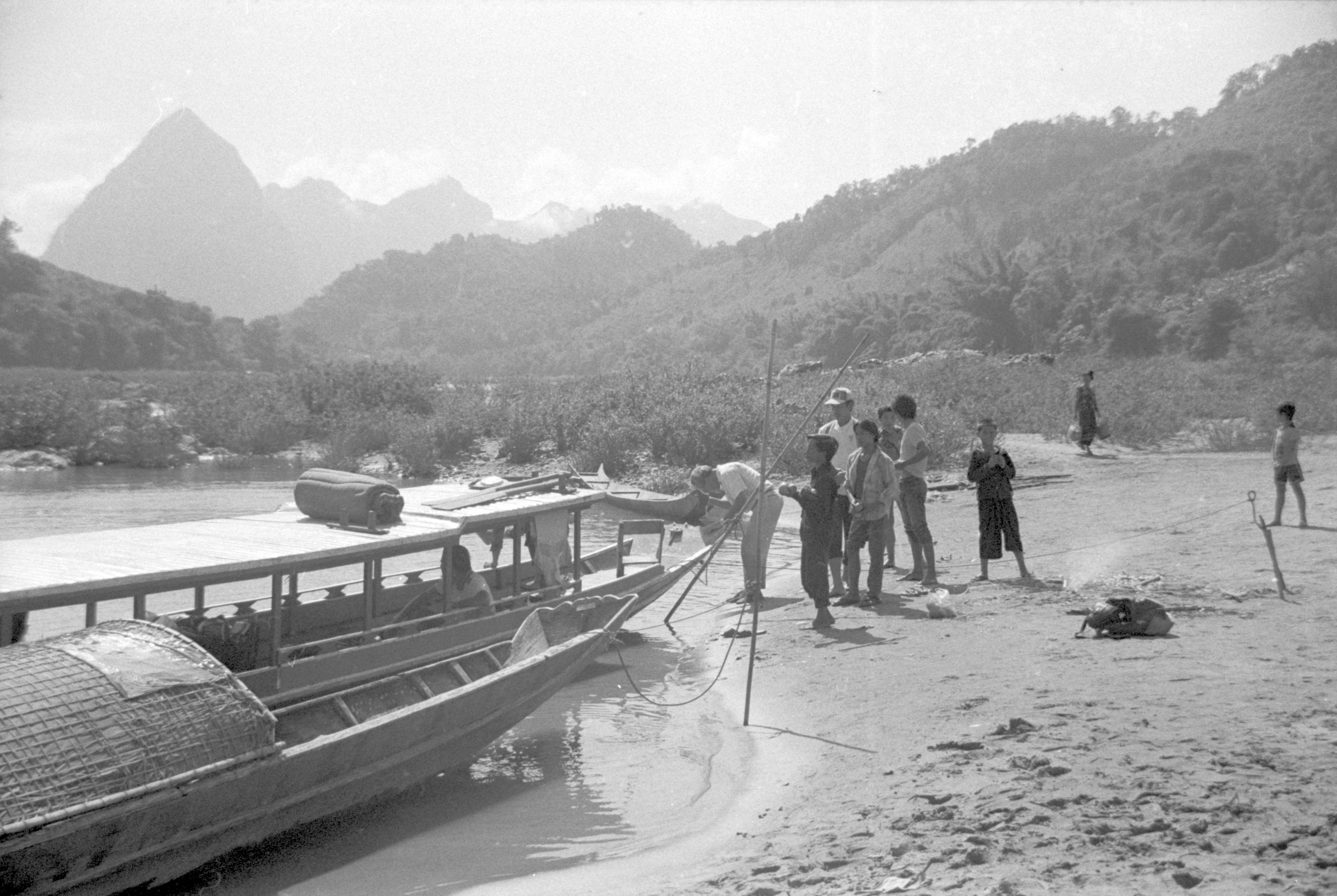
By 1978, Laos, Cambodia, and Vietnam were all closed to Americans. But Laotians trusted AFSC enough to let our staff remain and work in the most remote, impoverished areas.
From 1965-70, AFSC helped build the antiwar coalitions that challenged U.S. policy in Vietnam. Bridging the divide between liberal faith groups and more radical antiwar resisters, we argued for a big tent and broad peace movement. Through our research and communication project NARMIC (National Action/Research on the Military Industrial Complex), we provided critical facts and analysis to help activists confront corporate war profiteers. For years, AFSC and Quakers were also at the center of the draft resistance movement.
After President Nixon announced the “end of war” in 1973, NARMIC and our staff on the ground in Vietnam revealed another story. Automated weapons were continuing to rain terror from the skies, not only in Vietnam, but also in Cambodia and Laos. From 1973-75, we campaigned and convened stakeholders to help bring a real end to hostilities. By 1978, when few nongovernmental organizations were permitted to remain in the region, AFSC continued to work for peace and reconciliation, having earned trust on all sides.